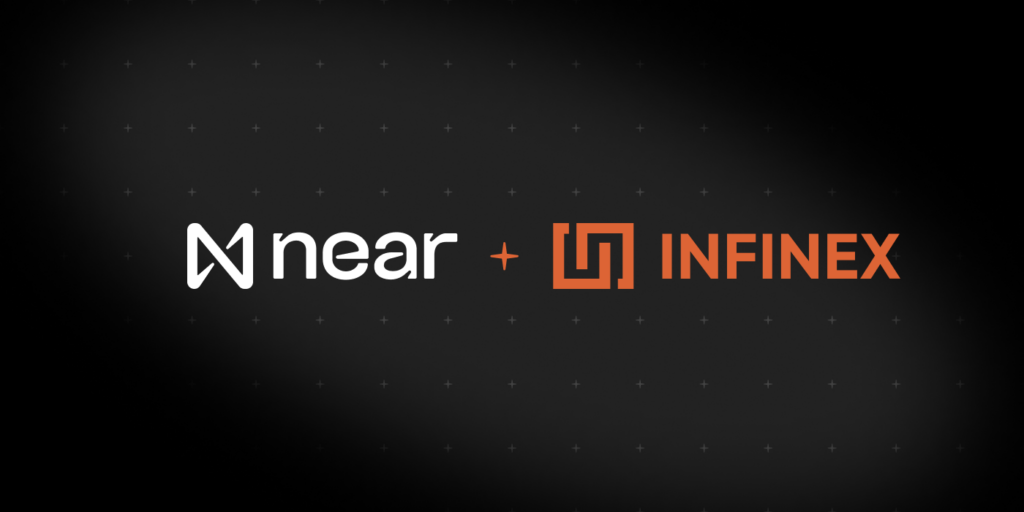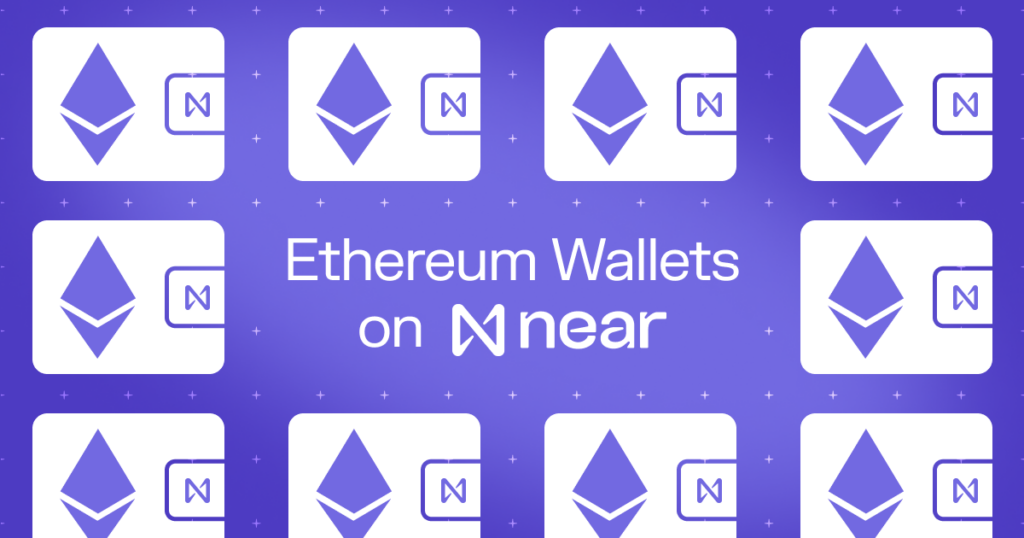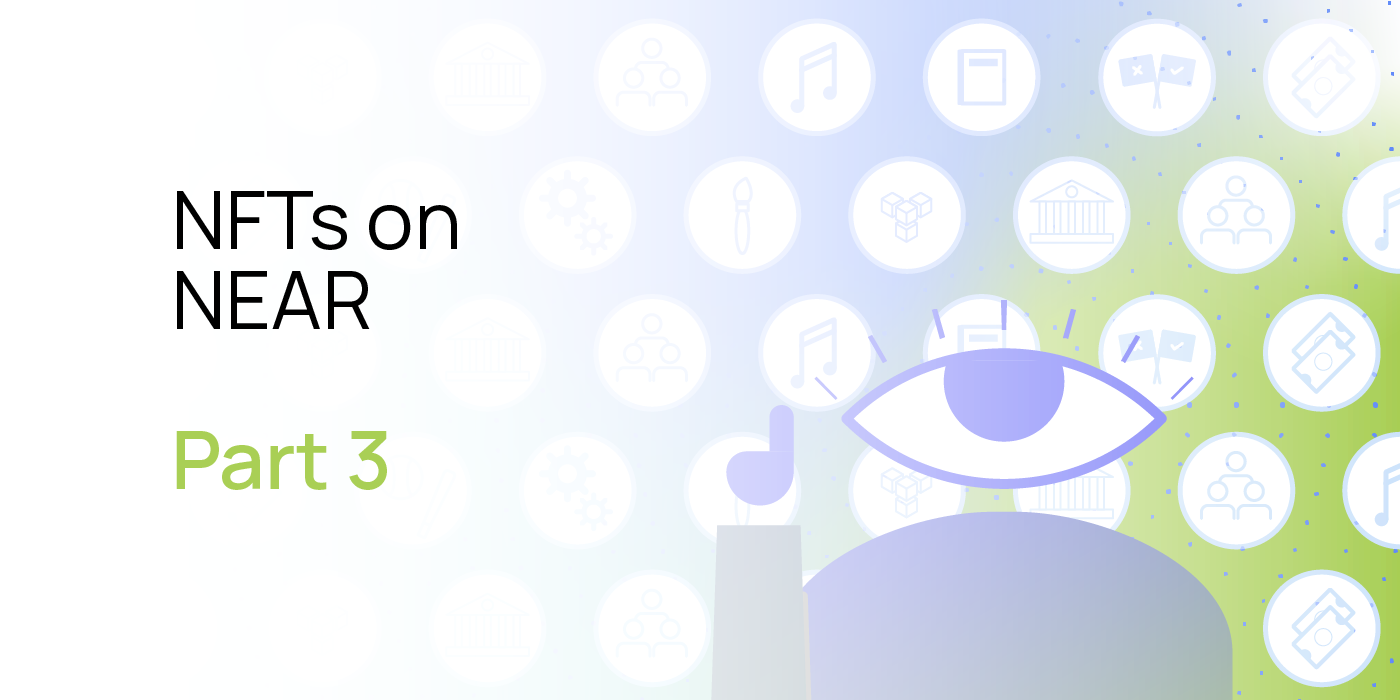NFTs on NEAR: Why NFT?
Non-fungible tokens, or NFTs, have been around for years but really blew up in 2020. Inspired by Beeple’s $69 million NFT artwork auction, other major artists and musicians began minting artworks last year, spurring a cultural frenzy that has carried over into 2022. Everyone from Eminem and Mozart to the National Football League and Coca-Cola have found a special place on the blockchain through NFTs.
Despite their rapid ascent, it looks like NFTs are here to stay. And as unique digital assets that can represent just about anything, like artwork, audio or video content, it’s easy to see why.
But why did they become so popular? What makes the underlying tech so powerful to those wielding it? And what role is NEAR playing in all of this?
More than just a fad
NFTs first made headlines because of the seemingly obscene amounts of money being spent on them. Who would spend $1.3 million on a single grey pixel, some asked? And what is the point of snapping up a digital image when you could just screenshot it? It seemed to many just a passing craze for people with a lot of money.
But, fast forward to 2022: NFTs have proven they are more than just a fad, or just an investment for the rich.
The unstoppable rise of NFTs has much to do with how they make us reimagine ownership. Now, an NFT’s cryptographic stamp is recorded on the blockchain, proving ownership of things like art, music, and even documentation, like a driving license or medical documents.
“They are going to be everywhere and have lots of uses,” says Monish, community builder at The Auction, a secondary sale NFT marketplace built on NEAR. “No one can resist. Everyone will have an NFT in their wallet—this includes anything from an RC book to a driving license. They are not just an investment.”
Monish captures something essential about NFTs. They were just an investment, and largely limited to the art world. But now developers are capitalizing on their other use cases to transform industries. Here’s how.
What else can NFTs do?
An NFT is essentially a digital container which holds intellectual property (IP). These containers are minted, bought, and sold. And since the blockchain stores that IP, it guarantees the owner is the only owner with a place in an unmodifiable public ledger.
This is useful if one wants to be the rightful owner of a piece of art, and good for the artist who might want to know who bought their work. But, there are plenty of other things NFTs can do—especially NFTs that run on NEAR’s blockchain.
Vandal, a music producer and founder of DAOrecords, a record label built on NEAR, talks of how music NFTs will get a better deal for artists and those involved in music production.
Think about it like this: if a CD is sold, or a song is streamed, it is up to the record label or streaming service to determine how and when to pay the royalty splits. Artists can wait a long time for their cut of the royalty. But if a musician releases a record in the form of an NFT, the technology automatically and immediately pays the artist and other co-creators a set amount. NEAR Protocol’s NFT standard automatically bakes royalty splits into the smart contract, streamlining the payout process.
“NEAR’s NFT technology is so powerful because it has the ability for people to do multiple splits,” says Vandal. “You can set various wallets at different percentages of an NFT and automate those splits. That’s a really good feature. And I think the reason for that feature is the low transaction cost and network speed.”
While still novel, music NFTs are already common. From major acts like Kings of Leon—the first band in the world to sell an NFT album—to smaller independent artists, like UK-based Origin Beats, many musicians have been experimenting with NFTs in the last year.
“My personal biggest thing is the creative flexibility and control,” Vandal says. “That’s what excited me the most and hooked me immediately 11 months ago. And self-releasing music and cutting out the middleman is huge.”
NFTs on NEAR now even have the power to give rewards to their creators or owners. Users can stake assets on a platform or protocol, earning interest for those involved.
Paras, an NFT marketplace launched on NEAR in 2021, recently introduced the staking of its native utility coin $PARAS. As Co-founder Rahmat “Riqi” Albariq noted, $PARAS’s use cases include an exclusive pass to future deals and events, as well as a foundational piece of the Paras DAO governance.
Shifting the cultural paradigm with NFTs
NFTs are changing the game for those previously not involved in the crypto or tech worlds. Naksh, an NFT marketplace used by artists in India, is just one example. Built on NEAR, Naksh puts traditional art on the blockchain.
Founded by art graduates Sri Lakshmi and Nivedita Vivek, the platform is working to help resurrect the traditional art market in India. The two, who had no crypto background, say they want a future where art exchanges help both the buyer and the artist. Lakshmi says they chose NEAR’s blockchain for their platform because it is carbon neutral.
Now the two are focusing all their energy on NFTs and getting artists the best deals for their work. Sri adds that although Naksh onboarded some artists at first, more are onboarding as the project gets more publicity and funding.
“As with any new tech that comes up, everyone is skeptical and not 100% sure it will work,” she says. “A lot of these artists come from rural parts of India and are not very educated, so to get them to understand an up and coming technology and digital assets is a task. And even though we have confidence, they are still skeptical about the scalability of this.”
“A lot of artists made their livelihood through physical artforms so it can be hard to convince them,” she adds. “But the ones who are now on board swear by it.”
A user-friendly NFT experience
Web3 developers and investors are confident that NFT technology will continue to transform industries—and not just the art world. Many think NFTS will eventually create entirely new economies. Play-to-earn gamers in the Philippines, for instance, already participate in an NFT economy. And in the near future, it’s likely that NFTs will be currencies in the metaverse.
The challenge will be convincing crypto-skeptics of their utility. And Web3 apps will require a simple user experience that people have come to expect in Web2.
Share this:
Join the community:
Follow NEAR:
More posts from our blog



